Hedge plants with flowers add a splash of color and vibrancy to any outdoor space. Whether you’re looking for a low-maintenance, easy-to-care-for option for your yard or a beautiful way to add privacy and security to your property, these hedges are an excellent choice.
With their stunning blooms, these plants can turn a dull garden into a vibrant and inviting outdoor area.
They also provide a natural barrier to wind while brightening your yard with their bright and colorful blooms.
From evergreen shrubs and flowering shrubs to climbing vines, there are a variety of hedge plants with flowers that can give your garden the unique touch it needs.
Hedges do a great job of enhancing any outdoor living space. You can further beautify your home’s landscape with flowering hedges. Here are the
Top 35 Hedge Plants With Flowers
1. Hedge Germander

The hedge Germander is a great option for areas with dry climates. The plant thrives in USDA 7 to 9 zones.
It is a sturdy and resilient plant that blooms purple flowers. The plant remains green all year round and requires little attention and maintenance. Pruning helps with lateral dominance.
2. Camellia
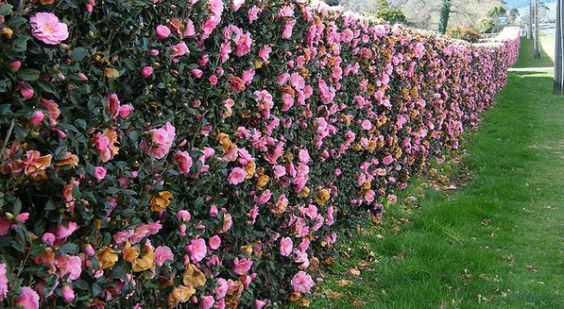
Camilla is a lush green hedge that produces purple flowers. The hedge does well in dryer USDA zones (Between 7 and 10). It grows rapidly, making it a good option for taller edges.
It does not require as much pruning as many other hedge options. It would help if you trimmed the sides often.
3. Viburnum

There are several viburnum species, all of which make beautiful hedges. Viburnum does well in cooler climates. It is rated for USDA 2 to 7 zones depending on the species.
The plant produces white and pink leaves. It grows as tall as 10 feet. It does well in moist soils.
4. Summersweet
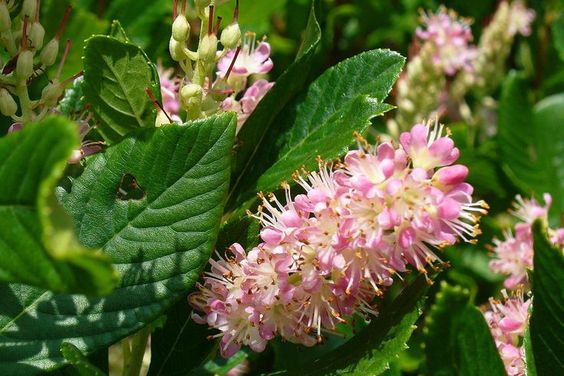
Summer Sweet is a great option for cooler and warm climates. It is a plant that produces vibrant purple and white flowers.
The flower’s sweet scent is attractive to hummingbirds and bees. It would help if you grew in regions with moist soils. These plants typically grow to eight feet.
5. Bluebeard
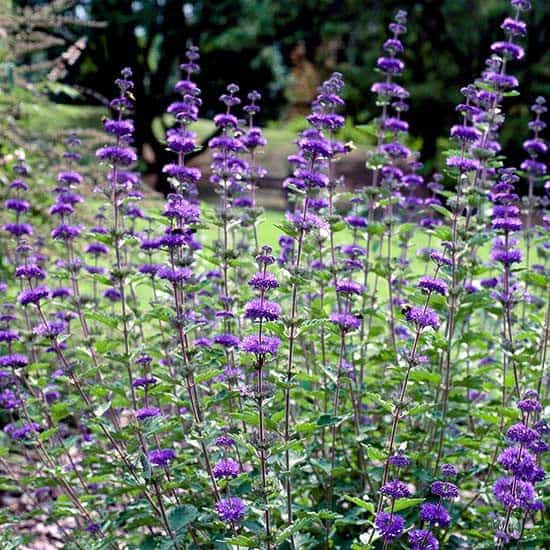
As the name suggests, Bluebeard produces some beautiful blue flowers, making for an attractive hedge.
They are sturdy plants that do well in dry climates. They have a USDA 5 to 9 rating. They are great for shorter hedges, as they only grow to four feet in height.
6. Hydrangea

Hydrangea produces some of the largest flowers among hedge plants. The blue and violet flowers make for beautiful décor.
Hydrangea does well in UDSA 3 to 8 zones. They need more care than most hedge plants, and you should water them to keep them vibrant.
7. Mexican Orange

The Mexican Orange is ideal for dryer climates. It has a USDA rating of 7 to 9. Its flowers bloom during the summer and spring months.
These white flowers have nectar and attract insects and hummingbirds, particularly during the spring. The plant is weather resilient and doesn’t require much care.
8. Boxwood

Boxwood is a preference for many gardeners because it is easy to trim into unique shapes. It does well in USDA 6 to 8 zones.
The plant requires care, particularly during the summer. To keep the leaves vibrant, you should grow them in a partially shaded area.
9. Glossy Abelia
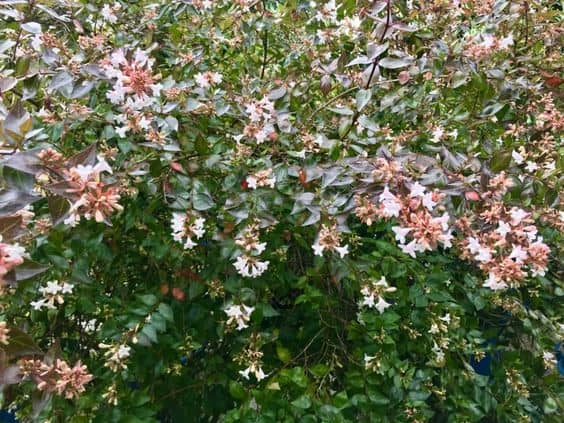
Glossy Abelia is a woody plant that produces beautiful white and red leaves. It is a sturdy plant that thrives in dry areas. It has a USDA rating of 6 to 9. The resilient plant does well in many different soils and can grow on sandy gradient soils.
10. Redclaws

Redclaws is a lush shrub that does well in dry climates. It is rated for USDA zone 8 and 9. The plant is tough and doesn’t get damaged by heat. It produces tiny red flowers in autumn. It does not require much hands-on care. It does well in dryer soils.
11. St. John’s Wort
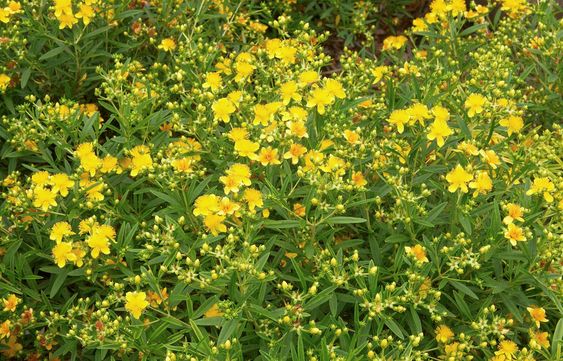
St. John Wort is a lush green plant that produces vibrant yellow flowers. It is a great option if you want a short bush.
The plant does well in USDA’s four to eight regions. It requires active trimming due to its wind growth patterns. It makes for a beautiful hedge.
12. Deutzia
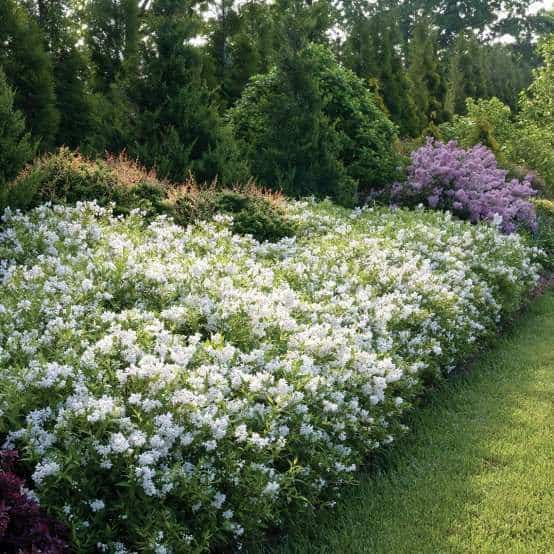
Deutzia is a plant that comes to life in the spring. The plant sprouts beautiful bright purple flowers.
It produces a beautiful odor that is attractive to hummingbirds. It also does a great job keeping pesky insects at bay. It is great for tall hedges as it grows to ten feet.
13. Beauty bush
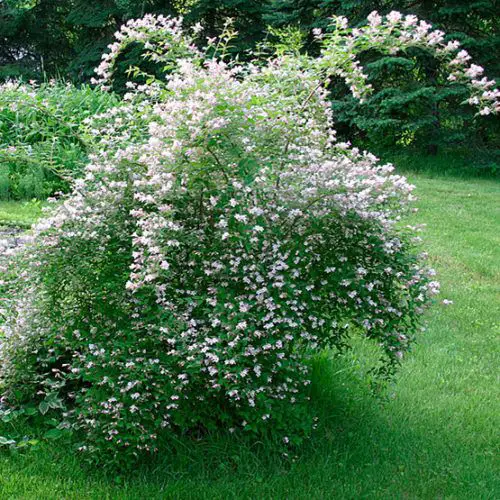
Beauty bush is a resilient hedge option that produces colorful pink and white flowers. The flowers gradually turn golden in the fall, making a beautiful transition. It is a tall plant that grows up to ten feet. It is also resistant to adverse heat during the summer months.
14. Dwarf Fothergilla

If you want a short hedge, then the Dwarf Fothergilla would be ideal. The plant barely reaches for feet at its maximum height.
It produces beautiful white flowers in spring. The lant generally does well in acidic soils. It has a USDA rating of zone five to eight.
15. Weigela
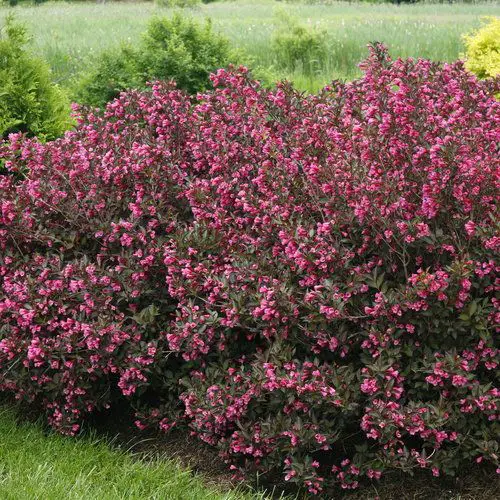
Weigela is a plant with beautiful variegated leaves. It produces purple and white flowers that attract hummingbirds, particularly during the spring.
The plants are ideal for tall hedges, which can grow to 12 feet. Weigela does well in USDA’s four to eight zones. It requires well-drained soil.
16. Purple Beautyberry
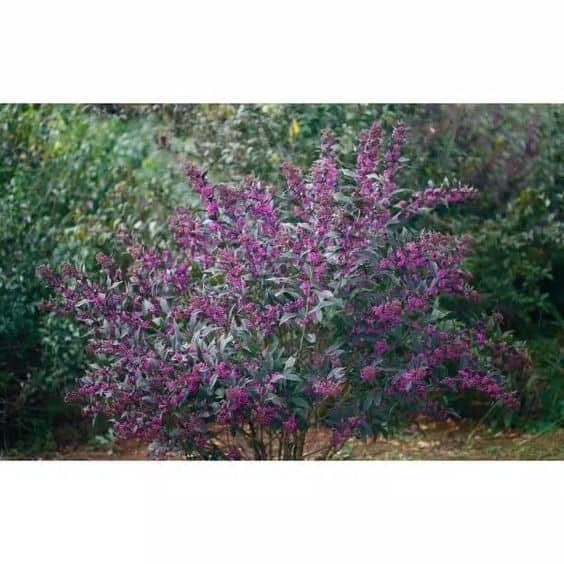
The purple beautyberry produces several tiny flower clusters in the spring. The plant is seasonal. It sprouts during the spring and dies during the winter.
Beauty Berries typically do better in dryer areas, as it has a zone 10 USDA rating. It grows to six feet and is ideal for a medium hedge.
17. Beach Rose

The beach rose is a sturdy hedge plant that produces purple-scented flowers. The flowers attract bees and insects during the spring.
The plant is resilient and thrives between USDA’s two to eight zones. It is a good option for a short hedge as the plants don’t typically grow tall.
18. Dwarf Crape Myrtle
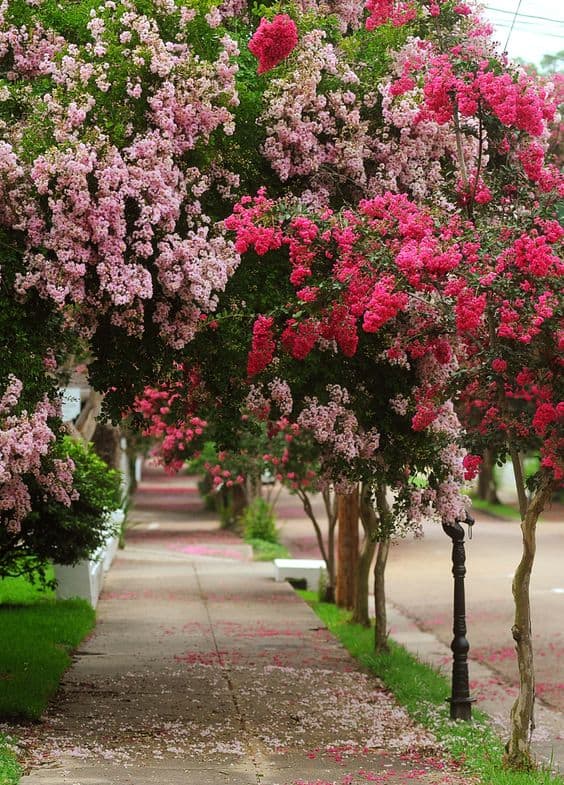
Dwarf Crape Myrtle is a shrub plant that produces vibrant purple flowers. The plant is adapted to dryer climates, thriving in USDA six to ten zones.
They are good for medium-sized hedges as they don’t grow taller than six feet. These shrubs are seasonal plants and die in winter.
19. Juneberry
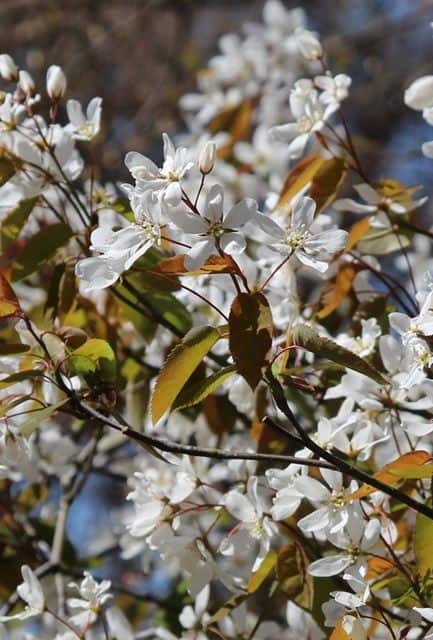
Juneberry is a unique plant whose leaves change color depending on the season. The flowers are green in the spring and red in autumn.
The plant sprouts tiny white flowers, which typically grow in clusters. They are best suited to dry climates and thrive in USDA seven to ten zones.
20. Sweet Mock Orange

The sweet mock orange plant is a shrub that produces several tiny white leaves. It is a herbaceous plant with a sweet aroma that attracts some insects.
They require frequent trimming as they tend to grow rapidly. The sweet mock orange is ideal for USDA four to eight zones.
21. Golden False Cyprus

The Golden Mop Cyprus plant produces massive beautiful white flowers. These hedges require constant trimming, as the plant tends to grow rapidly. It is a good option for taller hedges. The Golden Mop Cyprus does well in USDA’s four to eight zones. It has a variety of subspecies.
22. Mountain Laurel

If you want a hedge that produces vibrant flowers all year round, then the Mountain Laurel is your option. The hedge has lush green leaves. They grow in many different climates and are resistant to hot climates. It thrives in USDA’s four to nine zones.
23. Bridal wreath Spirea

The Bridalwreath Spirea is a fast-growing hedge that produces a white flower. The plant grows to eight feet tall and is ideal if you want a taller hedge. The flowers have a lovely fragrant smell, particularly in spring. The plant is elegant. It requires regular trimming and pruning.
24. Ninebark
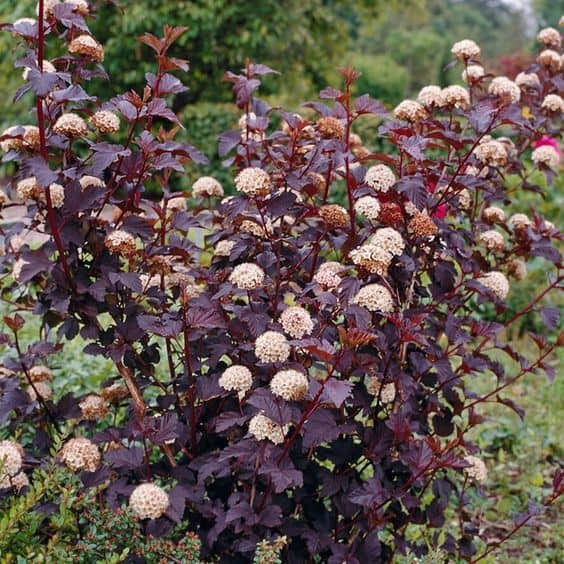
Ninebark is a unique plant whose leaves change color as the seasons’ progress. The hedge produces tiny white flowers that grow in clusters in its branch tips. It is a hardy plant that thrives in USDA’s eight zones. The plant works well for medium to tall hedges.
25. Spirea

Spirea is one of the most common hedge choices for gardeners and homeowners. It is a tall plant that produces white flowers. It is perfect for tall hedges. People love the hedge choice because it grows fast and offers decent privacy screening. It survives in most climate conditions.
26. Korean Lilac
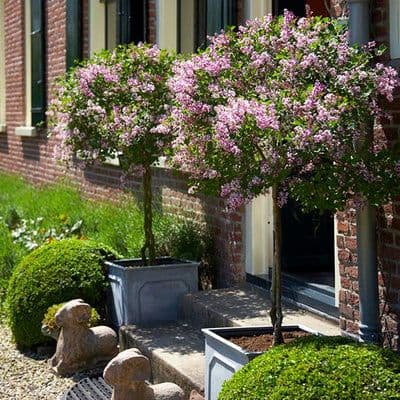
Korean Lilac is a green herbaceous plant that produces rich purple flowers. It produces fragrant flowers that will leave your garden smelling nice. To get better lateral dominance, you should prune the plant immediately after they flower. It is a sturdy plant that grows up to eight feet tall.
27. Flowering Quince
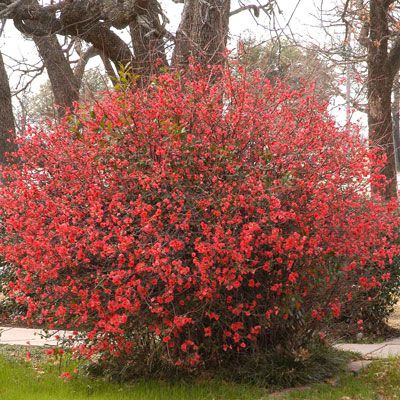
The flowering quince is a sturdy woody plant that makes for a wonderful hedge. The plant produces rich red and deep pink flowers.
It is a drought-resistant plant that tends to do better in dry climates. It does require constant pruning as it could grow tall.
28. Azaleas
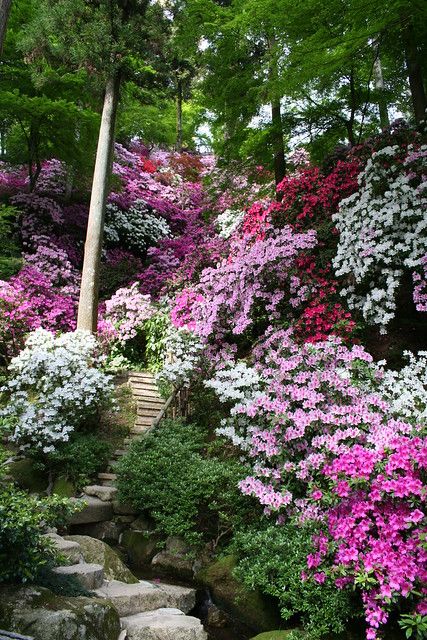
If you live in an area that generally gets dry, you should try the Azaleas lants. They are tough plants that thrive in USDA seven to nine zones. They typically grow to three feet and are ideal for short hedges. They produce vibrant scentless purple flowers.
29. Oleander

The Oleander plant is as drought-resistant as it gets with hedge options. The plant is capable of tolerating the most unforgiving climates. It has a USDA zone rating of nine and ten.
The plant produces vibrant pink flowers. It does not require much care apart from the occasional pruning.
30. Chaste Tree
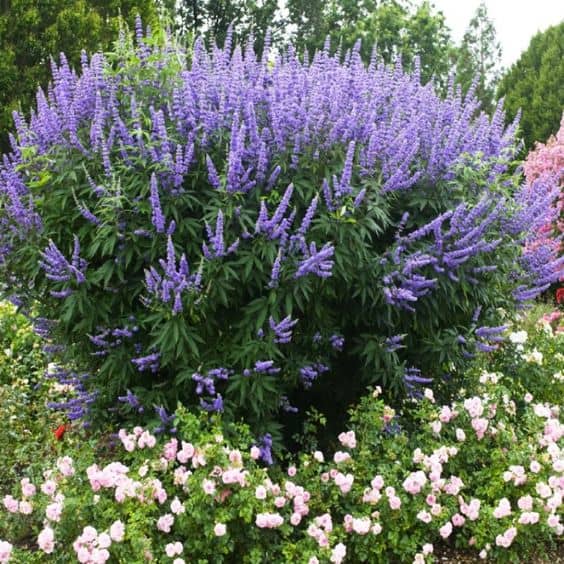
The Chaste tree is a perennial herbaceous plant that produces purple and white leaves. It dies during the winter and emerges in the spring.
The plant is tough enough to survive in USDA’s nine zones. It reaches a maximum of ten feet in height. It thrives in regions with well-drained soils.
31. Hardy Hibiscus
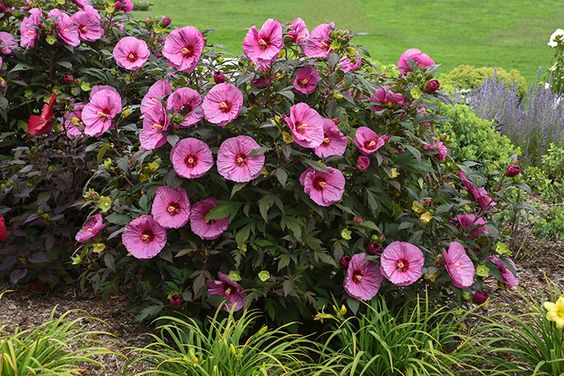
Hardy Hibiscus is a herbaceous plant that produces large flat flowers. It is a tough plant species that can survive in nearly all climates. It has a USDA five to none zone rating. The plants typically grow to seven feet. They are good for tall hedges.
32. Privet

Privet typically grows in thick, lush clusters. These plants produce tiny white flowers. These plants grow without special soil considerations.
They are generally low maintenance and do not require maintenance. These plants thrive in USDA 11 zones, indicating a high drought resistance.
33. Shrub Rose

Shrub rose has many subspecies that work well as hedges. These subspecies are adapted to different environments. Most of the species get as high as 10 feet tall.
The plants produce a wonderful fragrance, particularly during the spring. The red roses vary in size.
34. Potentilla

Pontella produces beautiful yellow flowers between spring and autumn. These plants do well between USDA three and seven zones. They usually don’t grow taller than three feet making them the ideal plant for short hedges. They are drought-tolerant.
35. Lantana

Lantana produces arguably the most beautiful hedge glowers. These flowers are tiny and multicolored, and they appear in clusters.
The plants have a special adaptation that allows them to stay dormant in winter, and this helps them survive. They generally require lots of care to thrive.
Conclusion
Hedge plants with flowers are a great addition to any landscape. Flowers are bright and colorful and an inexpensive way to decorate your home.
There are many flowering hedge options. These plants require different soils, climates, and USDA levels to thrive. The article looks at some of the best plant options for your hedge.
 Being Human
Being Human





